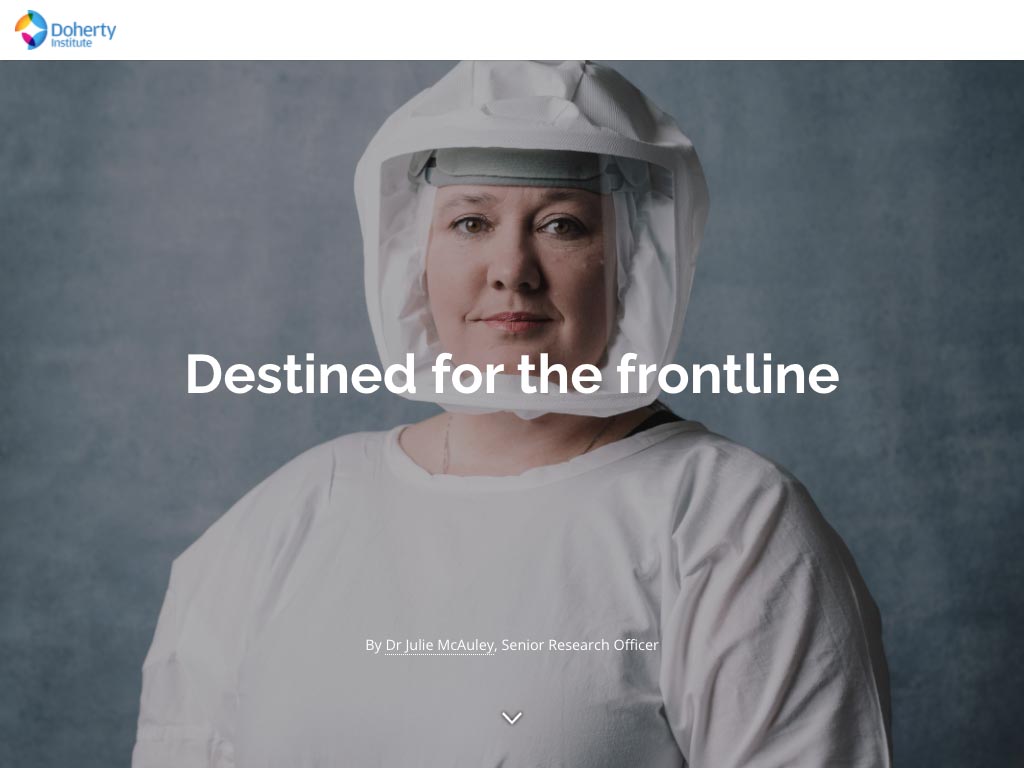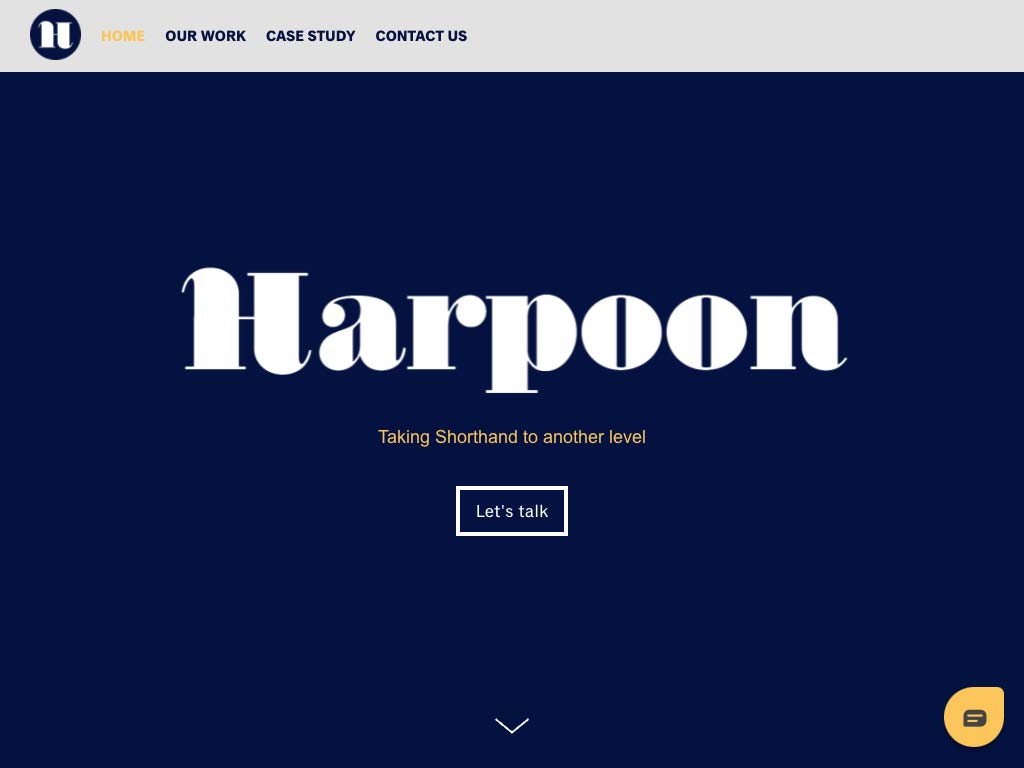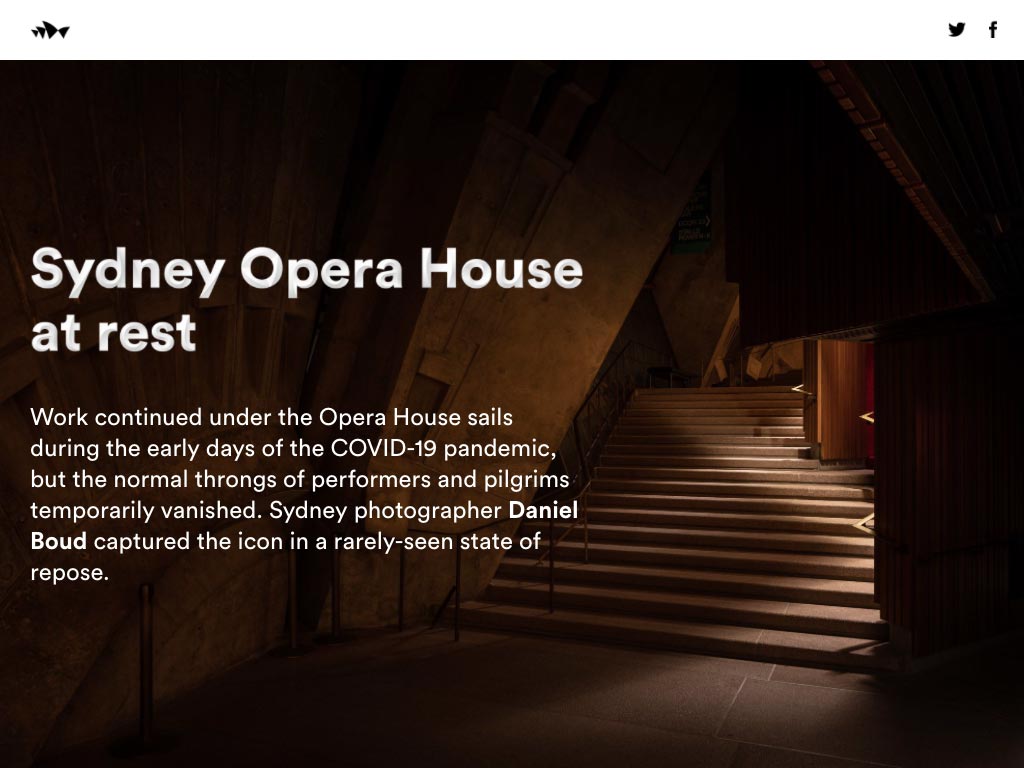From sharing research to delivering online learning, the University of Queensland has harnessed the power of visual storytelling through Shorthand.
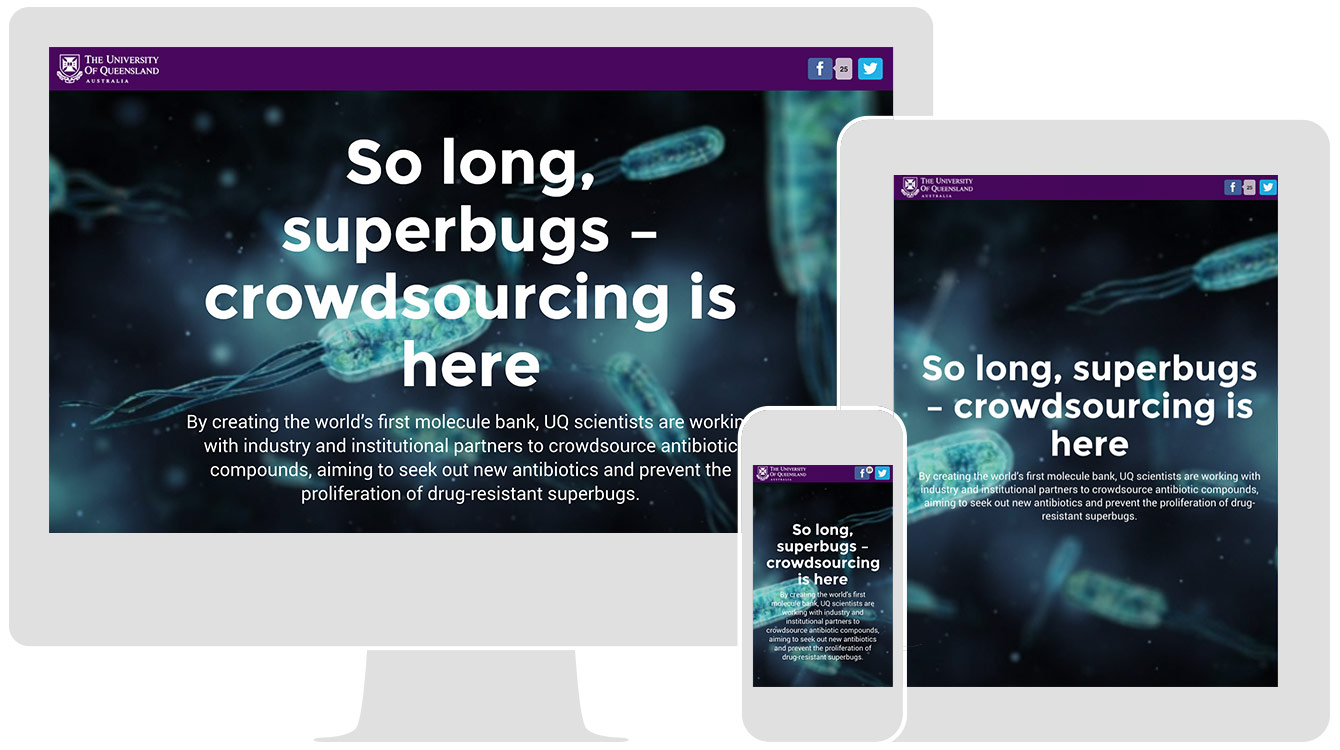
They are now able to create a rich variety of stories, in a short space of time, and draw people into the university’s activities through compelling online experiences.
It all started with UQ’s Small Change blog. Looking to transform its online articles, the team turned to Shorthand — which coincidentally is led by UQ alumnus Ricky Robinson.
Use of Shorthand has since spread to other university publications, such as Research Impact, which features Shorthand article releases once every month.
“Shorthand has provided a slick, modern, interactive and media-rich interface to liven up UQ’s magazine content,” UQ corporate publications manager Camille Layt said.
“Shorthand has provided a slick, modern, interactive and media-rich interface to liven up UQ’s magazine content”
Other stories by the marketing and communications team include articles to promote the university’s ChangeMakers, as well as taking audiences behind the scenes.
“It’s a dream for our feature stories in online publications,” Camille said. “We’ve found ways to standardise stories and give each publication its own distinct identity, with embedded mastheads, and consistent sections across stories, without interfering with the quality of the content or imagery.”
“Shorthand has opened new doors when it comes to image-rich material,” UQ’s corporate relations manager Carolyn Varley added. “And we are learning more all the time, just as Shorthand is being refined to give us greater flexibility and more options.
"Shorthand is playful and colourful and allows a more intimate connectivity to the text, and liberates the images to play a major role in telling the story."
“It’s playful and colourful and allows a more intimate connectivity to the text, and liberates the images to play a major role in telling the story.”
Because the teams do not require a design or developer resource to create the pages, Shorthand has sped up the creation and approval process – which is particularly valuable when compiling an online magazine of up to 20 stories at once.
“The stories can be remarkably quick to produce once the images and text have been finalised,” Carolyn said.


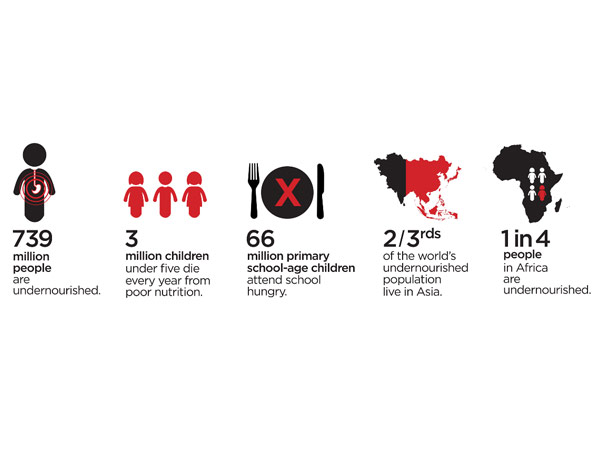
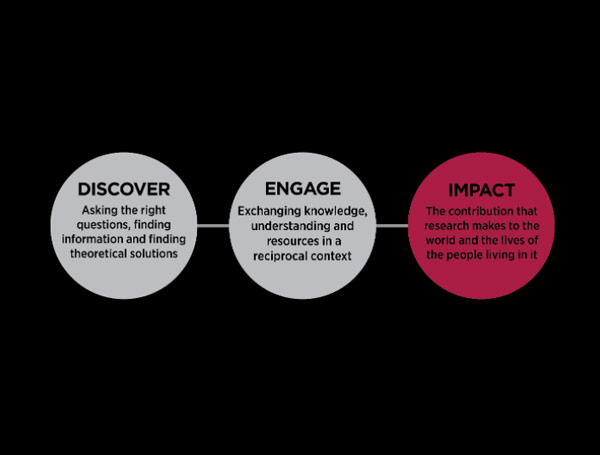
“The speed of the production process is great for tight deadlines and also for that last-minute story that we need to get up before a conference, or just as new research breaks. In most cases we will use Shorthand on our blog – if the images warrant it.”
The assembling of a story in Shorthand takes UQ around two to four hours in total, but as well as a fast turnaround, the end result is beautifully compelling.
“It’s certainly more efficient than our previous method of sending copy and images to a web designer for upload,” Carolyn said, “and produces a much more impressive visual that we have complete creative control over (and ability to easily correct errors as well, which is a godsend!)”
“I’d call it revolutionary. It’s completely changed the way we create digital content, and our engagement has increased dramatically for the better, with people going out of their way to tell us how beautiful the Shorthand stories are.”
Engagement has been a key measure of success for the team, but as well as that, the team is enjoying the chance to get creative.
“I’d call it revolutionary,” Camille said, “It’s completely changed the way we create digital content, and our engagement has increased dramatically for the better, with people going out of their way to tell us how beautiful the Shorthand stories are.”
Beyond marketing and communications, the university is also using Shorthand to apply visual storytelling techniques to the e-learning arena.
Their masterclass stories feature bite-size modules, driven by videos and animations that develop as the reader scrolls, as well as links out to wider reading.
“We normally create online courses with lots of different media and interactivity,” UQx course project manager Catherine Bennett said. “Shorthand lets us use the same types of media but present them in a different and engaging way.”
The top-to-bottom scrolling of a Shorthand story allows the team to deliver an easy-to-follow route through the information that the reader can travel through at their own pace.
“The presentation and navigation is very attractive, easy to use and responsive to different device types and sizes. The interface is minimalistic which is good for learning as there are fewer distractions when engaging with the content,” Catherine explained.
The e-learning narratives are kept relatively trim, offering an introduction to a concept, theory or strategy, and the analytics show that the materials are resonating with readers, with average dwell times of more than five minutes.
“The format encourages users to dip in and out, and its optimisation for mobile is a big selling point for our target market of undergraduate students,” Catherine said.
“It’s incredibly user-friendly and there are lots of best-practice guidelines to help you make a good story.”

